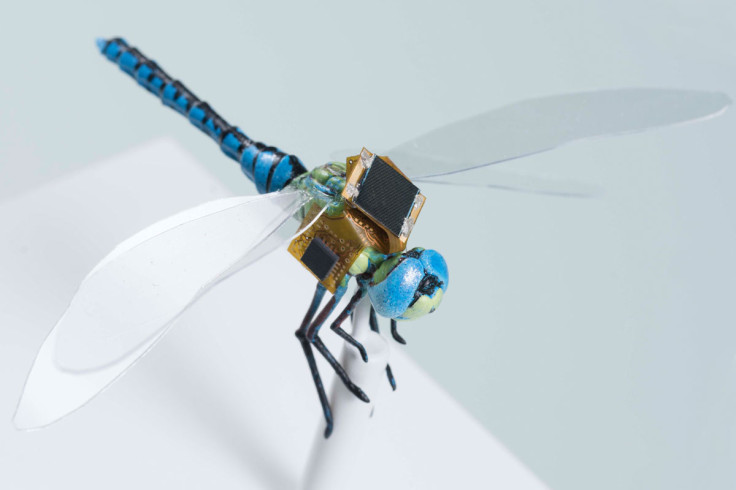What is DragonflEye? Scientists 'hack' live insects to create spy cyborg drones
Scientists remotely control a living insect's flight by physically placing a high-tech backpack-like tool on an insect.

Scientists have developed the tiniest, nature-inspired spy drones by merging high technology with living insects. Dubbed DragonflEye, the initiative saw engineers transform a common dragonfly into a remotely controlled cyborg drone.
DragonflEye is the brain child of tech R&D (research and development) firm called Draper. The technology was first introduced in January and relies on optogenetics to merge some parts of an insect's anatomy with materials that respond to as well as produce light at certain wavelengths, which in turn can help the insect be navigated. In other words, a backpack-like high-tech device is physically placed on the insect's anatomy.
The technology combines miniaturised navigation, synthetic biology and neurotechnology, in efforts to "guide dragonfly insects" and "looks like a backpack for a dragonfly".
According to Draper, potential applications of DragonflEye include "guided pollination, payload delivery, reconnaissance and even precision medicine and diagnostics".
"Last year we focused on developing core enabling technologies like the backpack, optrode, and synthetic biology toolkit for the dragonfly," DragonflEye's senior researcher Joe Register told TechCrunch. "Now that we are in our second year, we have equipped dragonflies with our first-generation backpacks in a motion capture room that can monitor their precise flight movements as data is captured from navigation system. This has allowed us to develop precise onboard tracking algorithms for autonomous navigation."
Although the technology is relatively basic at the moment and is yet to achieve the ability to manoeuvre the insect, researchers aim to steer dragonflies soon as well.
"Steering the DragonflEye was not the goal of this video, but we plan to do it soon," Register said. "We will apply optical stimulation from the backpack to trigger flight behaviours which will allow us to develop autonomous flight control."
© Copyright IBTimes 2025. All rights reserved.






















